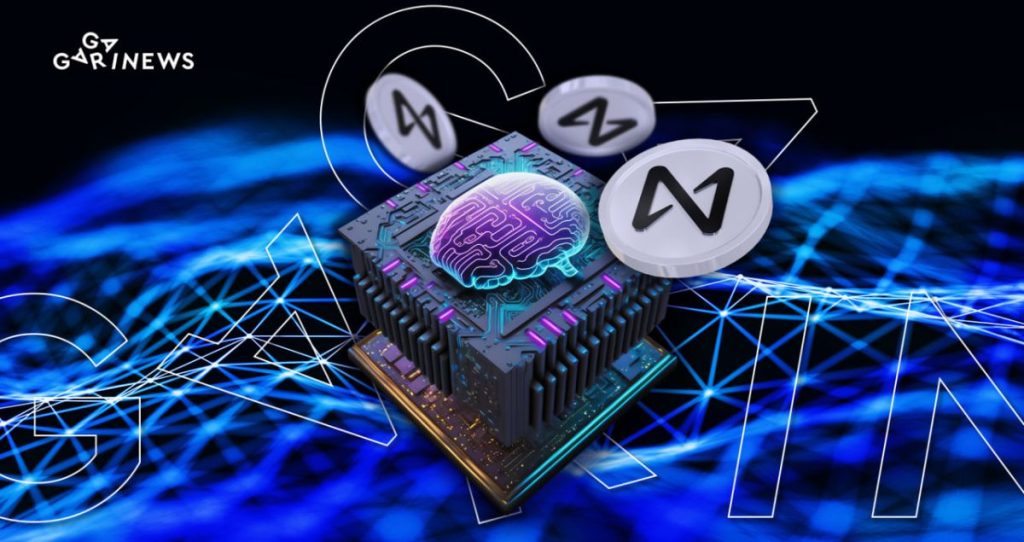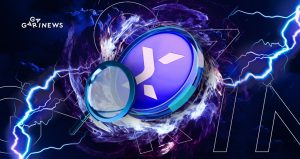What is NEAR Protocol? A project overview

NEAR is a utility token for the NEAR Protocol blockchain platform used for building decentralized applications. It is currently ranked in the top 40 virtual assets by market capitalization.
On this page
Project mission
NEAR Protocol is an L1 open-source blockchain that is known for its user-friendliness, security, scalability, and performance. It provides an ideal environment for decentralized applications and offers unique practical solutions for both developers and users.
In 2017, NEAR Protocol was launched by Alexander Skidanov (who previously worked for Microsoft and MemSQL) and Illia Polosukhin (a former research employee of Google). The project started with NEAR.ai, an artificial intelligence-based tool designed to study program synthesis. Devs worked with investors using Ethereum.
In 2018, the project developed its own blockchain, NEAR Protocol, which was designed to meet the requirements of dApps developers. To build its own ecosystem, the NEAR Foundation was established in 2019. Then, in April 2020, the main NEAR network was launched, which has been under community control since October of the same year.
The NEAR ecosystem currently includes 125 DAOs and 750 decentralized applications. For example, AstroDAO is a platform built on NEAR that has become the foundation for creating the Unchain Fund. This fund raises money to provide humanitarian assistance to Ukrainians affected by the full-scale invasion of Russia into Ukraine.
NEAR Protocol blockchain features
NEAR Protocol operates on a Proof-of-Stake (PoS) consensus algorithm and utilizes smart contracts with cross-chain functions. One notable feature of this blockchain is the usage of human-readable account names instead of traditional cryptographic addresses, which is made possible through a simplified registration algorithm where each account is also a smart contract.
To increase performance and scalability, NEAR Protocol blockchain developers utilize the following features:
- Nightshade is a technology that breaks down the blockchain into separate parts called shards. This allows for multiple calculations to be carried out at the same time and increases the number of transactions processed per second.
- Doomslug is a mechanism where validator nodes create blocks in sequence. This process takes 12 hours, and a new block is created about once per second.
- Rainbow Bridge is a cross-chain bridge that enables users to transfer various tokens, such as ERC-20 standard tokens, stablecoins, NFTs, and wrapped tokens, between the Ethereum and NEAR blockchains.
- Aurora is a Layer 2 solution that includes the Aurora Engine, which is compatible with the NEAR protocol, and the Aurora Bridge cross-chain bridge. Developers can use familiar Ethereum tools and process thousands of transactions per second with low fees using Aurora.
The NEAR Protocol (NEAR) token: things to consider
Purpose
NEAR is a native token of the NEAR ecosystem, utilized to pay transaction fees and for the staking that underpins the validation of blocks on the network. Additionally, coin holders can participate in ecosystem product and work-related voting and make proposals.
NEAR token supply and distribution
On April 22, 2020, 1 billion NEAR tokens were released. Those were distributed as follows:
- 17.2% – for community programs and grants;
- 11.4% – for operations grants;
- 10% – foundation endowment;
- 11.7% – for early ecosystem grants;
- 14% – for the core team;
- 17.6% – for backers;
- 6.1% – for small backers;
- 12% – for community sale.
Source: near.org
A supplementary supply of 5% is issued annually to support the network, with 90% going to validators and 10% to the protocol treasury. 30% of the transaction fee size is returned to the contracts involved, and 70% is burned.
Current market situation
At the time of writing, according to coinmarketcap.com, there are 858,729,597 NEAR tokens in circulation (86%). The market capitalization of the asset is $2,177,079,843, and the daily trading volume is $207,259,562.
The content on The Coinomist is for informational purposes only and should not be interpreted as financial advice. While we strive to provide accurate and up-to-date information, we do not guarantee the accuracy, completeness, or reliability of any content. Neither we accept liability for any errors or omissions in the information provided or for any financial losses incurred as a result of relying on this information. Actions based on this content are at your own risk. Always do your own research and consult a professional. See our Terms, Privacy Policy, and Disclaimers for more details.


























